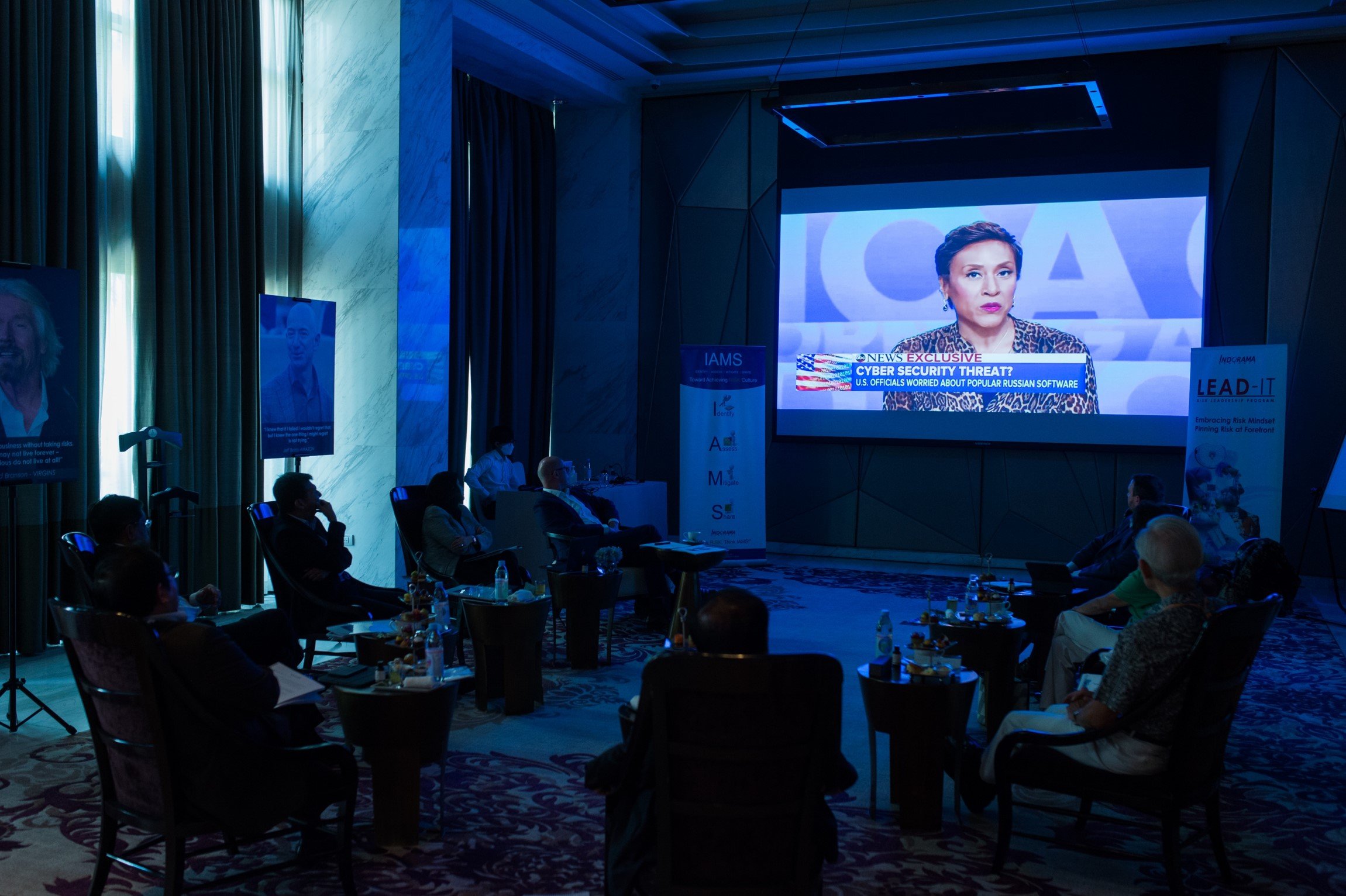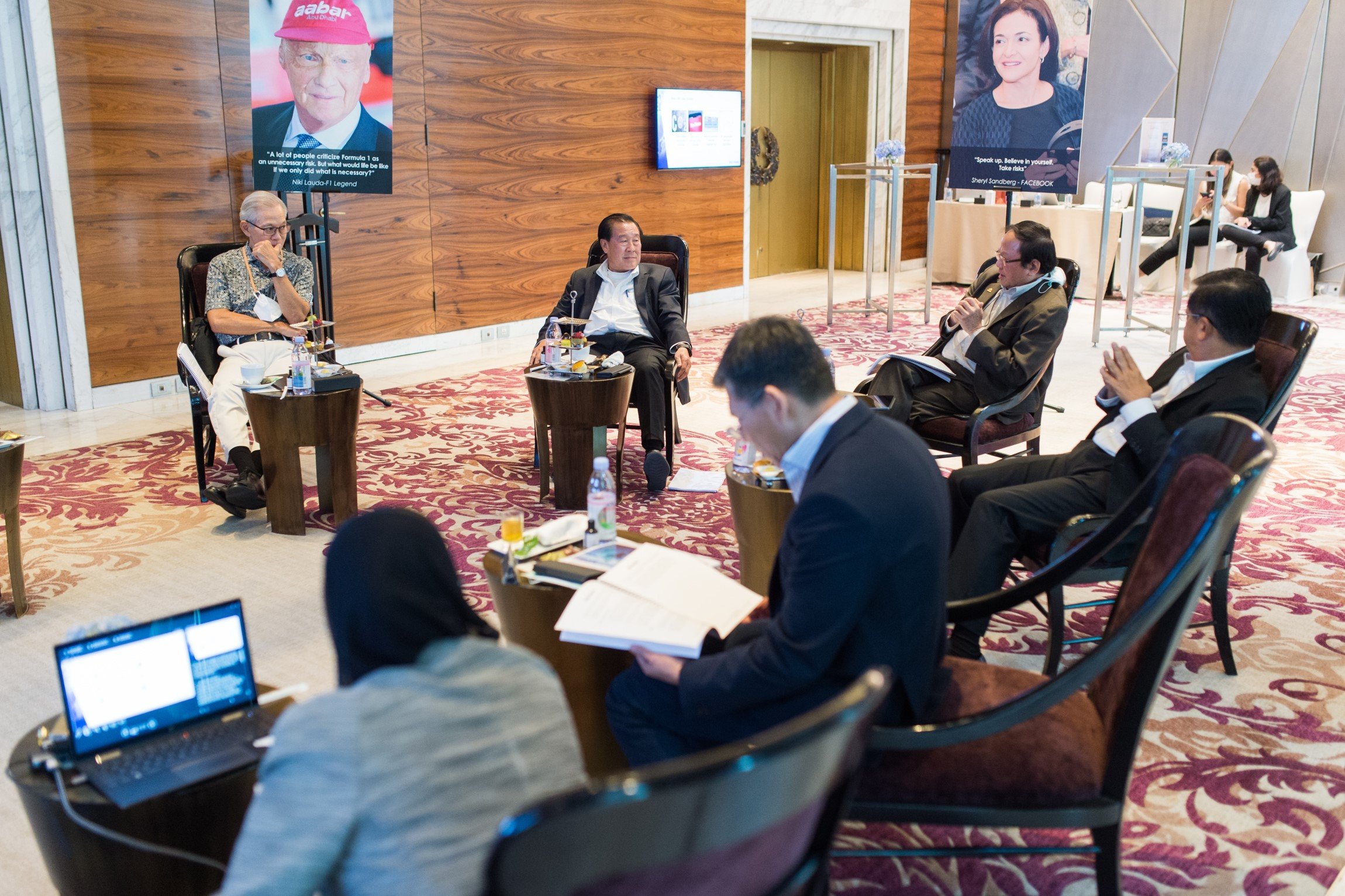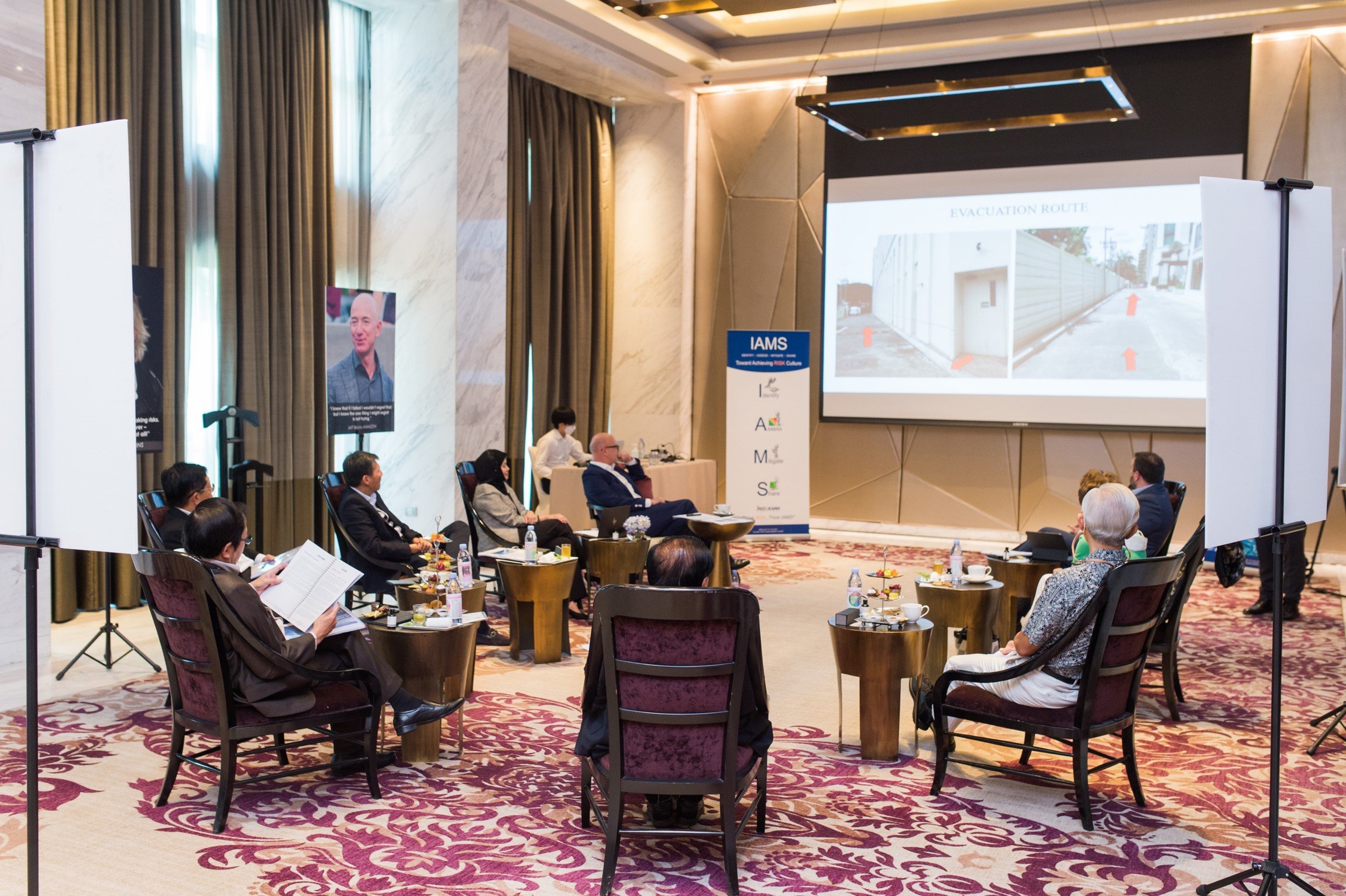Embedding our Risk Culture
The Risk Capability and Culture Leadership Program, delivered at Indorama Ventures, is a key initiative designed to enhance risk awareness and capabilities, strengthening our ability to swiftly adapt to changes in the business environment. This program focuses on ingraining a risk leadership mindset among our top leaders globally, aiming to develop their future risk assessment capabilities. In line with this, regular risk management education for non-executive directors and senior management is crucial, ensuring they remain equipped to understand and mitigate risks, aligning with our commitment to a robust risk management culture.






Ensure an Effective Risk Culture
| Risk Matrices | Through the Indorama Management Council (IMC), comprising top executives, business heads, with senior leaders, risk management metrics are included in our structure and are subsequently translated into KPIs focusing on lead indicators. Alongside the KPIs which support trend identification, opportunity and risk assessment, and stakeholder alignment, there are incentives in place and granted based on KPI achievements. |
| Focused training | Our in-person Risk Capability & Culture Leadership training program—conducted across six cohorts and attended by non-executive directors and global senior management—aims to strengthen risk awareness and agility in response to an evolving business landscape. Through the Risk Townhall, we also recognized employees and sites that demonstrated leadership in risk management and Business Continuity Management (BCM). To further enhance organizational capability, ERM online training was delivered in six sessions, reaching employees across all regions. Additionally, to raise risk awareness among employees, internal online journals such as Risk Sense and Risk Alert were regularly published throughout the year on our intranet, InVoLve. |
| Employee evaluations | Corroborating the identification, assessment, evaluation, and mitigation processes with the corporate risk management framework, we have implemented risk factors into all business processes to promote a risk-aware culture. With risk tolerance in mind, risk factors are highlighted and reviewed at the department level. Assessment levels for the employee evaluation process, on the other hand, differ as per career streams and risk nature. Finally, results are conveyed with follow-up on action points, guidelines, and working instructions. Through this approach, we are able to establish solid and sustainable business operations, supplemented by an enterprise-wide business continuity program. |
| Feedback mechanisms | Regarding risk identification, we encourage proactive employee participation via various mechanisms such as Near Miss Incident Reporting, Whistleblowing, Reporting to Independent Directors, Reporting to Seniors, Collective Bargaining, and an Employee Suggestion Scheme. Incentives are provided to employees for proposing improvements related to both risk management and operational efficiency. Plant management occasionally assesses these suggestions by recognizing any root causes and following up with the necessary actions to reduce and manage risks. We stress the immediate reporting of incidents affecting the Company, with employees compensated for valuable contributions, subject to approval from management. |